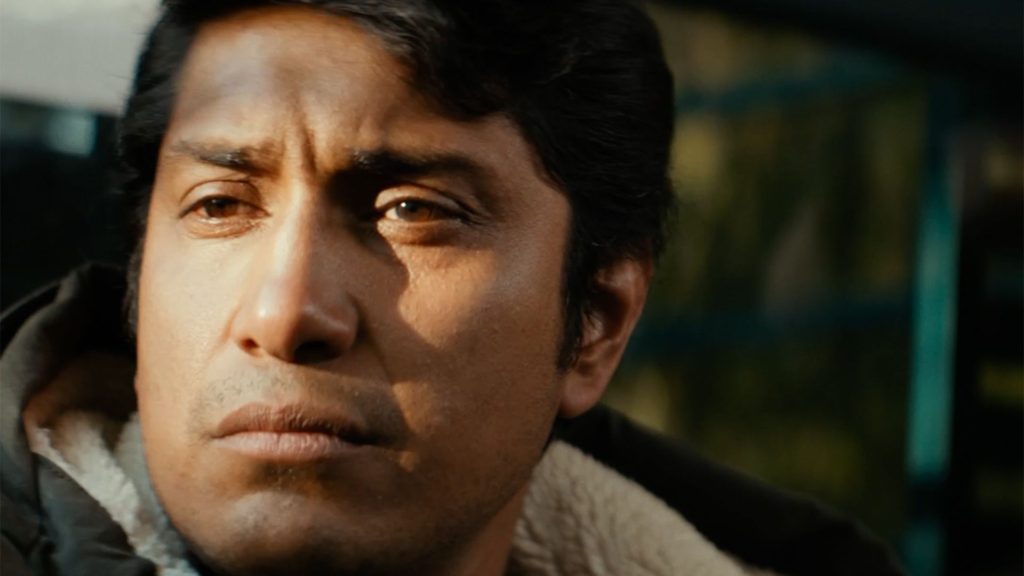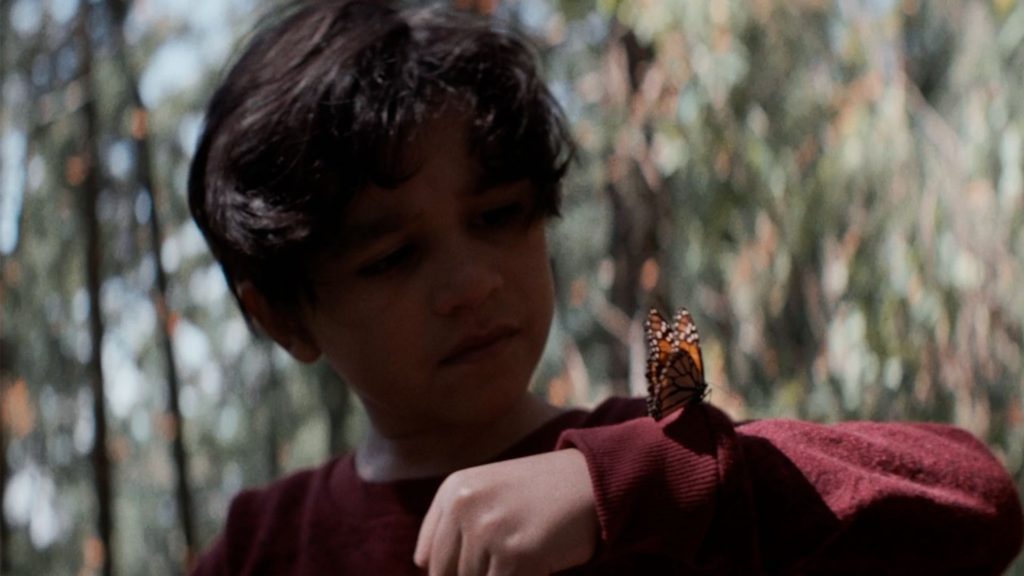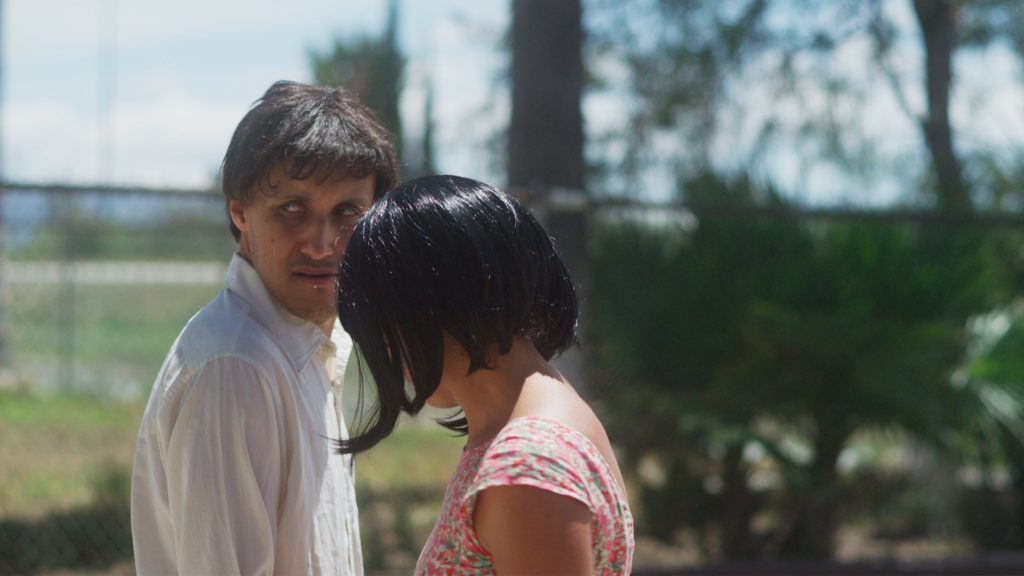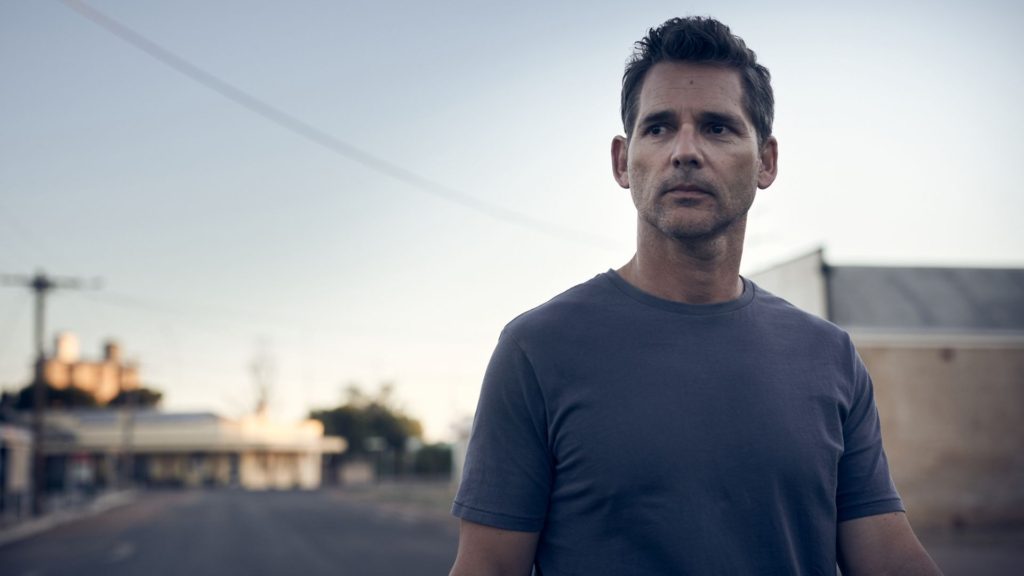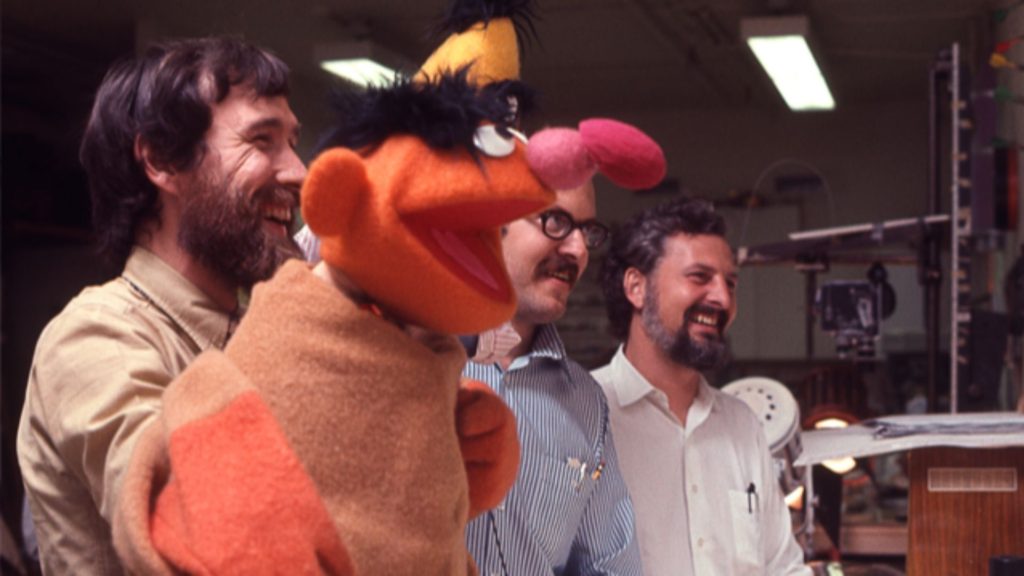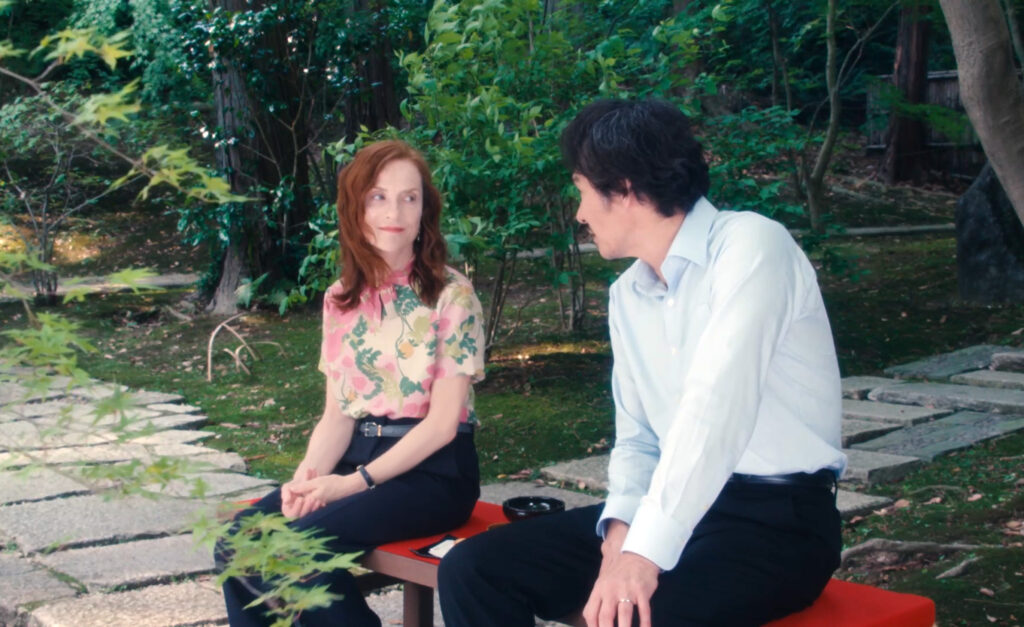
This year’s San Francisco International Film Festival (SFFILM) opens on Wednesday. SFFILM presents a wide-ranging slate of films from 40 countries. The opening and closing night films, Didi and Thelma, are justifiably generating the buzz. Here are four more under-the-radar recommendations.
- Sidonie in Japan: The great Isabelle Huppert stars in this French drama as a writer whose life has been shaped by grief. Her first success came from a book about her own traumatic loss; her life was reignited by a supportive husband, whom she has also now lost. A new translation of her first book finds her on a book tour of Japan. Sidonie eventually finds that she can explore the navigation of grief with her translator (Tsuyoshi Ihara), for whom still waters run deep, and the silent beauty of Japan’s gardens and temples, helps too. Add some magical realism, and Sidonie in Japan becomes a satisfying story of surviving painful episodes in life. The personal drama is leavened by fish-out-of-water comic touches as a Frenchwoman is introduced to the oft counterintuitive protocols of Japanese culture.
- The Practice: This deadpan Argentine comedy is a triumph of absurdism. An Argentine yoga instructor living in Chile (Esteban Bigliardi) faces a set of challenges that most people find a way to overcome, including an ex-wife who doesn’t want him back, a nagging mother, a knee injury, a thieving student. Unfortunately, he is devoid of common sense and his every instinct is a misfire. A romantic opportunity arises, but will he find a way to self-sabotage that, too? Ever droll, this film by writer-director Martín Rejtman is very funny.
- Mother Couch: In this nightmarish fever dream, Ewan McGregor plays a man trapped in an absurd situation – his obstreperous, estranged mother (Ellen Burstyn) is refusing to leave a couch in a furniture store. His adult siblings (Rhys Ifans, Lara Flynn Boyle), whom he barely knows, are present but not supportive. The oddly singular furniture store is itself a bizarre construction, and this fable of parental emotional abandonment just keeps getting ever more surreal. McGregor’s and Burstyn’s performances are very strong, and the depth of the cast is extraordinary: Taylor Russell, F. Murray Abraham and Lake Bell. Mother Couch is the first narrative feature for writer-director Niclas Larsson, an acclaimed director of car commercials, and it’s a remarkable calling card.
- Banel and Adama: In this well-crafted and beautifully shot Senegalese drama, a 19-year-old couple live in a remote village, happily in love with each other, but chafing at cultural traditions. Banel suffers her nightmare of a mother-in-law, and Adama resists the burdens of community leadership that he knows he isn’t ready for. Can they find happiness in their village? Will they leave together? Their personal stories are set in a dramatic, drought-stricken landscape with houses buried in sand and dust.
Peruse the program and buy tickets at SFFILM. All my SFFILM coverage, including eventual full reviews, will be linked on my SFFILM 2024 page.






